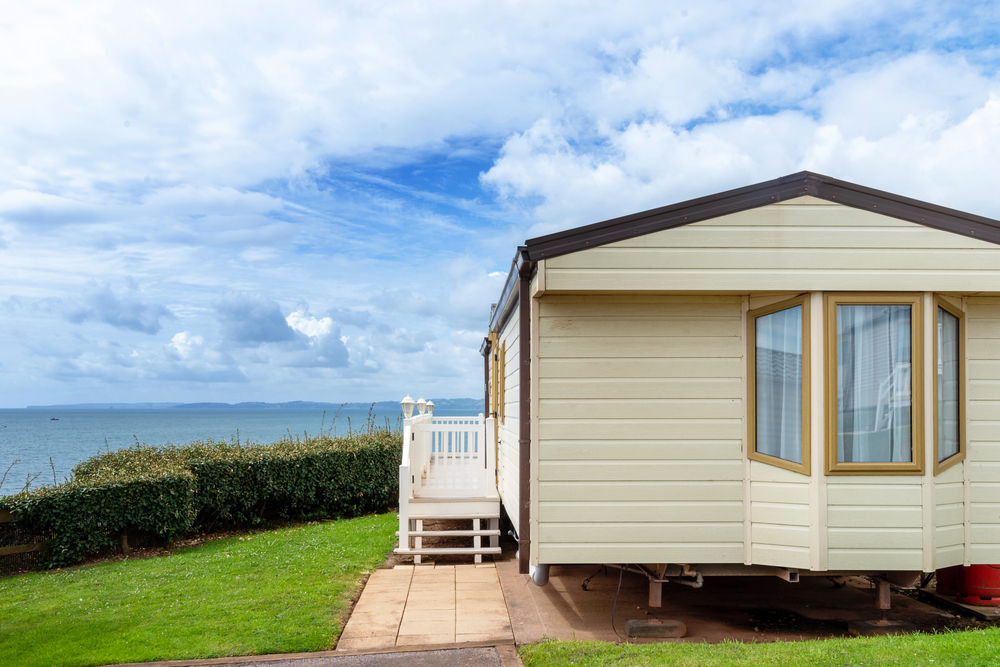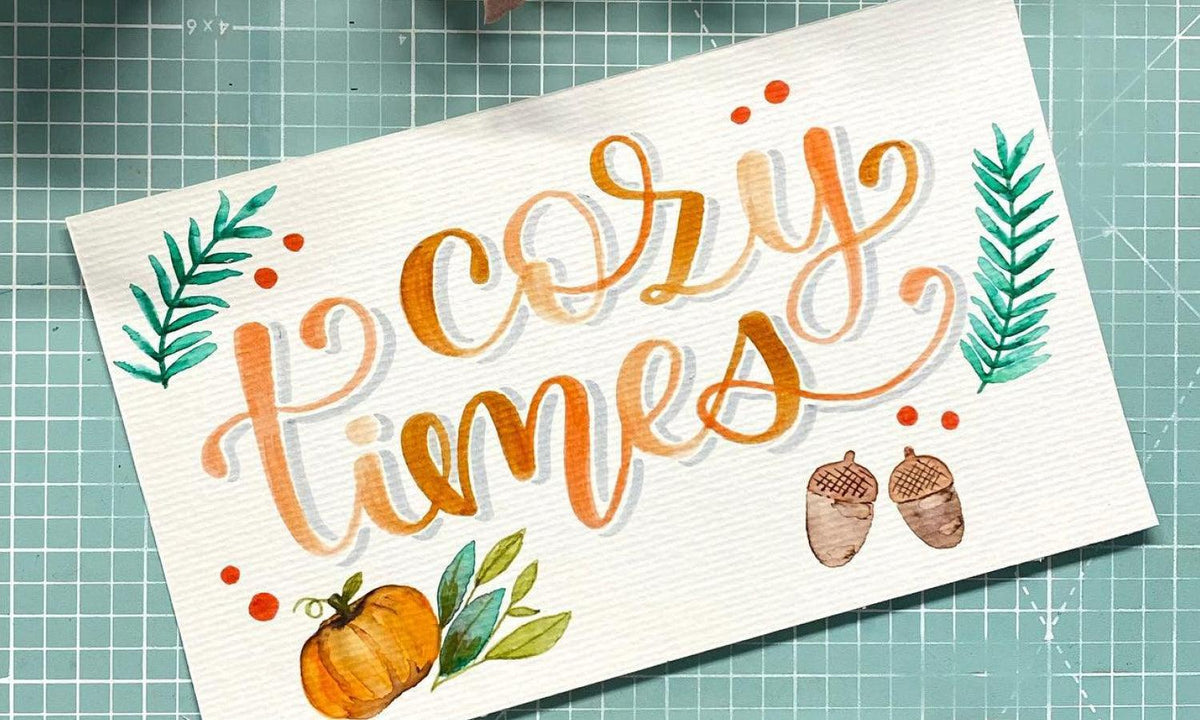

Top Art Museums in Bahrain You Should Visit

Source: Anthony DeCosta, Bahrain National Museum, Wikipedia, https://en.wikipedia.org/wiki/File:Bahrain_National_Museum_Exterior.jpg
Bahrain’s vibrant cultural landscape is deeply rooted in a rich heritage of artistry, storytelling, and craftsmanship. As a nation that bridges the ancient and the modern, Bahrain offers a compelling range of art museums that showcase everything from Islamic calligraphy to contemporary installations. Whether nestled in historic neighborhoods or housed in sleek, modern venues, each art museum in Bahrain presents a unique window into the island’s creative identity.
Visitors can expect to encounter curated exhibitions featuring both Bahraini and international artists, making these institutions significant cultural hubs. Beyond paintings and sculptures, many of these museums integrate multimedia, historical artifacts, and interactive displays that highlight Bahrain’s evolving narrative through visual art. From institutions honoring the legacy of local pioneers to galleries supporting new voices in the region, the country’s art museums cater to all interests and age groups.
For art enthusiasts, historians, or casual visitors seeking to connect with Bahrain’s creative pulse, these museums provide essential stops. With their diverse collections and engaging programs, every art museum in Bahrain contributes meaningfully to the country’s artistic dialogue and cultural preservation. This guide explores some of the most notable art museums across the kingdom that you should consider adding to your itinerary.
Bahrain National Museum (Manama)
The Bahrain National Museum, located in Manama, stands as the kingdom’s premier cultural institution and the largest public museum in the country. Inaugurated on December 15, 1988, the museum spans approximately 27,800 square meters and was designed by Danish architects Krohn & Hartvig Rasmussen. Situated along the scenic waterfront, adjacent to the Bahrain National Theatre, the museum offers visitors a comprehensive journey through over 6,000 years of the nation’s history.
The museum’s exhibits are thoughtfully organized into several halls, each dedicated to different eras and aspects of Bahraini heritage. The Hall of Dilmun showcases artifacts from the ancient Dilmun civilization, including pottery, seals, and the notable Durand Stone—a basalt sculpture dating back to the Babylonian era. The Hall of Dilmun Graves features a reconstructed burial mound, providing insights into ancient burial practices.
Further exploration leads to the Hall of Tylos and Islam, which presents artifacts from the Hellenistic period and the advent of Islam in Bahrain. Visitors can view glazed pottery, jewelry, and items from the Khamis Mosque, the oldest mosque in Bahrain. The Hall of Customs and Traditions offers a glimpse into pre-oil Bahraini life, highlighting traditional clothing, marriage customs, and domestic architecture.
The museum also houses the Hall of Traditional Trades and Crafts, where traditional Bahraini crafts such as pearl diving and weaving are exhibited. Additionally, the Hall of Documents and Manuscripts displays rare Qur’anic manuscripts, historical documents, and astronomical texts.
Beyond its permanent collections, the Bahrain National Museum hosts temporary exhibitions, educational programs, and cultural events, making it a dynamic center for learning and engagement. Its strategic location and comprehensive exhibits make it an essential destination for anyone interested in the rich tapestry of Bahrain’s history and culture.
La Fontaine Centre of Contemporary Art (Manama)
Nestled in the heart of Manama, La Fontaine Centre of Contemporary Art is a unique fusion of art, history, and architecture. Housed in a meticulously restored 150-year-old building, the center seamlessly blends traditional Gulf Islamic architecture with European design elements, creating an ambiance that is both historic and contemporary.
La Fontaine serves as a multifaceted cultural hub, featuring an art gallery that hosts exhibitions by both regional and international contemporary artists. The gallery spaces are complemented by an open-air amphitheater, which provides a venue for performances and cultural events, enriching Bahrain’s artistic landscape.
Beyond its artistic offerings, La Fontaine encompasses a fine dining restaurant that offers a culinary experience in an elegant setting, an exclusive spa, and a pilates studio—the first of its kind in the Gulf region. These facilities contribute to the center’s reputation as a sanctuary for art and well-being.
The restoration and transformation of La Fontaine were undertaken by French artist Jean Marc Sinan, who preserved the building’s historical essence while introducing modern functionalities. The result is a space that not only showcases contemporary art but also stands as a testament to Bahrain’s commitment to cultural preservation and innovation.
For visitors seeking an immersive experience that combines art, history, and relaxation, La Fontaine Centre of Contemporary Art offers a distinctive and enriching destination within Bahrain’s vibrant cultural scene.
Al Riwaq Art Space (Manama)
Al Riwaq Art Space, established in 1998, is a cornerstone of Bahrain’s contemporary art scene. Situated in the vibrant Adliya district of Manama, this non-profit institution is dedicated to nurturing local artistic talent and fostering cultural dialogue. Its mission encompasses promoting contemporary arts and design while connecting with regional and international developments in these fields.
The gallery has been instrumental in hosting a diverse range of events, including exhibitions, public art ventures, educational programs, and community outreach activities. Notably, Al Riwaq has initiated and curated significant events such as “Alwan,” an annual art and design festival, and “Market338,” a platform for designers and creative entrepreneurs.
Al Riwaq’s facilities extend beyond exhibition spaces. It offers a co-working space designed to support artists and cultural practitioners, fostering collaboration and dialogue. Additionally, the on-site concept store, Alwan, presents a curated selection of works by regional artists and designers, providing visitors with an opportunity to engage with the local creative community.
For those interested in exploring contemporary art within Bahrain, Al Riwaq Art Space stands as a dynamic venue that encapsulates the nation’s artistic innovation and cultural heritage.
Bin Matar House (Muharraq)
Bin Matar House, located in the historic city of Muharraq, is a testament to Bahrain’s rich cultural heritage and its illustrious pearl trading history. Constructed in 1905 by Mussa bin Hamad, the house served as the permanent majlis of Salman Hussein Bin Matar, a prominent pearl merchant. The building’s architecture showcases traditional Bahraini elements, utilizing materials such as palm tree trunks, sea-stone, and gypsum.
In 2009, the Shaikh Ebrahim Bin Mohammed Al Khalifa Center for Culture and Research undertook the restoration of Bin Matar House, transforming it into a cultural center and art museum. The restoration preserved the building’s unique architectural features while adapting it to host exhibitions and cultural events.
Today, Bin Matar House offers visitors a glimpse into Bahrain’s pearling past through its permanent exhibits and rotating art displays featuring local, Arab, and international artists. The museum also serves as a venue for educational programs and workshops, enhancing the visitor experience and promoting cultural understanding.
As part of the Pearling Path, a UNESCO World Heritage Site, Bin Matar House is an essential destination for those seeking to immerse themselves in Bahrain’s historical and artistic legacy.
Bait Al Quran (Manama)
Bait Al Quran, located in the Hoora district of Manama, is one of the most distinguished cultural institutions in Bahrain. While often associated with religious heritage, it also stands as a significant art museum in Bahrain due to its exceptional collection of Islamic manuscripts and calligraphy. Founded in 1990, Bait Al Quran—translated as “House of the Quran”—was established with the mission of preserving and showcasing the Islamic world’s artistic and literary heritage, particularly as it pertains to the Quran.
The museum is housed in an architecturally striking complex that reflects traditional Islamic design. Its golden-domed structure and intricate façade elements echo classical Arabic motifs, creating an inviting space that honors the spiritual and artistic depth of the Islamic faith. The interior layout combines a sense of reverence with accessibility, allowing visitors to engage closely with the artifacts in a serene setting.
Bait Al Quran’s permanent exhibition features an unparalleled collection of Quranic manuscripts spanning from the 7th to the 20th centuries. These include texts written in Kufic, Maghrebi, and Naskh scripts, showcasing the evolution of Arabic calligraphy over the centuries. Some of the most fascinating pieces include miniature Qurans, scrolls, and early papyrus documents from across the Islamic world—including Persia, India, China, and North Africa.
In addition to its Quranic treasures, Bait Al Quran also functions as an art museum in Bahrain through its display of Islamic art. The museum houses intricate woodwork, enamel pieces, ceramics, and glassware, many of which feature religious inscriptions or designs inspired by Islamic geometry and floral patterns. These pieces demonstrate the ways in which spiritual expression and artistic creativity have long been intertwined in Islamic culture.
The museum complex includes several key facilities: a library specializing in Islamic history and culture with over 50,000 volumes, a mosque designed with a glass dome that allows natural light to enhance its prayer hall, a lecture hall for cultural events, and an Islamic school. It also frequently hosts traveling exhibitions and academic seminars, which further support its role as both a cultural and educational landmark.
Bait Al Quran holds a unique place among art museums in Bahrain due to its specialized focus and the exceptional quality of its collections. It appeals not only to those interested in religious texts but also to enthusiasts of fine art, history, and calligraphy. The museum successfully bridges the gap between spiritual devotion and artistic excellence, presenting its contents in a way that is both respectful and enriching.
Conclusion
Bahrain’s art scene is both diverse and deeply rooted in cultural heritage, offering visitors a remarkable range of institutions to explore. From the expansive exhibits of the Bahrain National Museum to the contemporary works showcased at Al Riwaq Art Space and La Fontaine, each art museum in Bahrain brings a unique perspective to the country’s evolving narrative. Whether you’re drawn to Islamic manuscripts, modern installations, or historical architecture, these museums provide meaningful experiences for art lovers and cultural explorers alike. Visiting an art museum in Bahrain is not just a tour—it’s a journey into the heart of the nation’s identity.
Let Us Know What You Think!
Every information you read here are written and curated by Kreafolk’s team, carefully pieced together with our creative community in mind. Did you enjoy our contents? Leave a comment below and share your thoughts. Cheers to more creative articles and inspirations!






